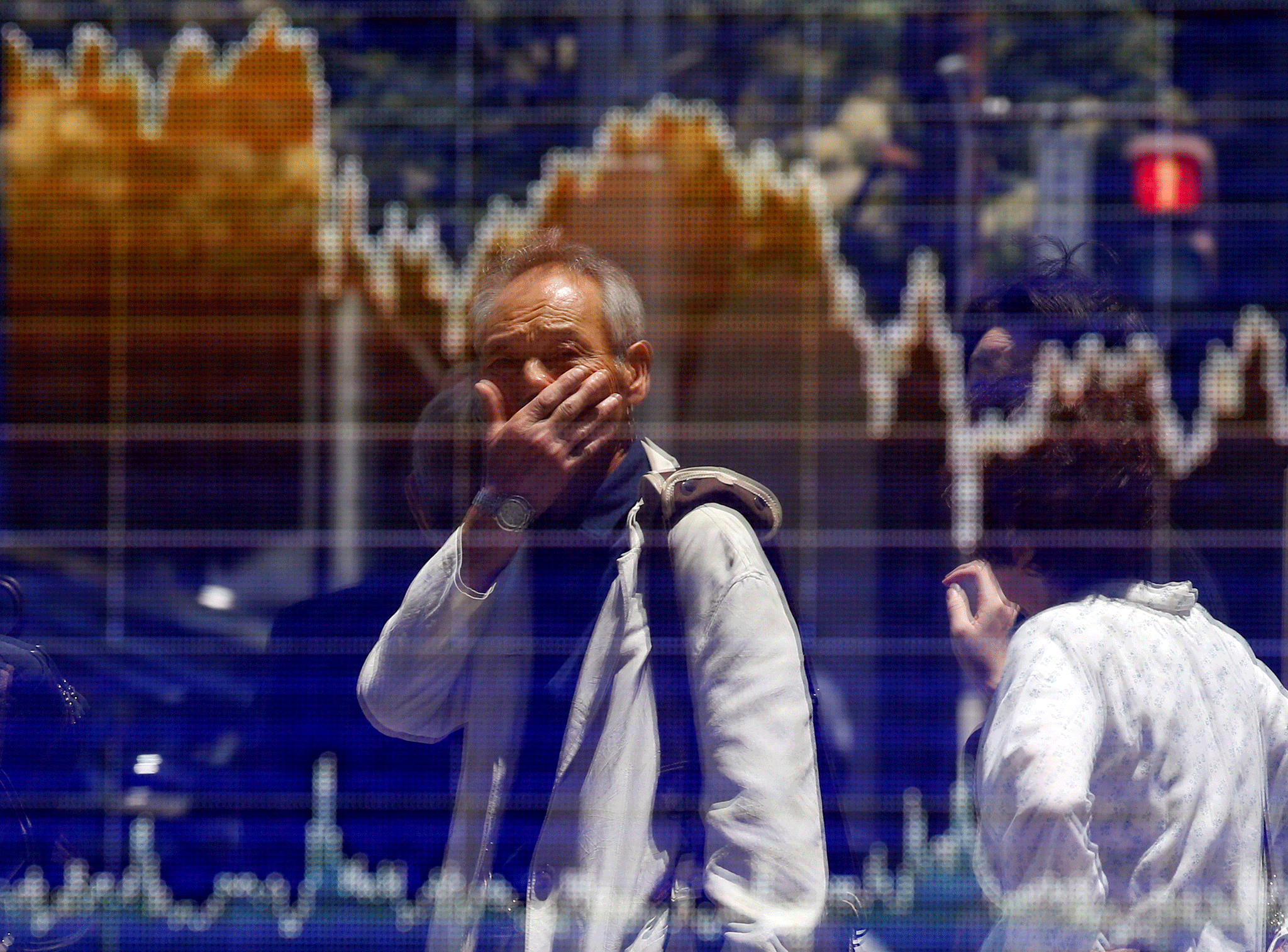The world’s finances are looking quite frightening right now – here’s how you can understand what’s happening
The size of the world's economy, who controls our pensions and when to pay attention to the stock markets


The curse of the financial news article is the “big number” presented with little or no context.
The objective is often less to inform than to impress, or sometimes frighten.
Last week, for instance, there were reports that the International Monetary Fund had warned that the total value of global debt had risen to $152 trillion. And recent despatches relayed that the bombed-out Deutsche Bank has a $47 trillion derivatives book. When stock markets slump, stories tend to scream of tens of billions being “wiped off” the value of companies in a single day.
Big numbers are all around us. But though they’re impressive to most readers, they’re also pretty meaningless unless they have some context.
In the spirit of helping readers navigate these oceans of financial confusion, below are some key bits of numerical context that can help you make sense of some of the big numbers that get bandied about – and perhaps assist people to work out for themselves the importance of the information they are receiving.

Global GDP
This is a crucial number for context when a news story talks about global money flows and asset stocks. According tothe IMF, global GDP – the value of the world’s income – was around $74 trillion in 2015 (that’s $74,000 billion).
The world’s biggest economy is the US at around $18 trillion. Next comes China at $11 trillion. Then Japan at $4 trillion. The UK’s GDP in 2015 was £1.8 trillion, according to our own Office for National Statistics. The IMF records that as $2.8 trillion (although thanks to the slide in the value of the pound, the dollar value is forecast to shrink to $2.6 trillion next year).
It’s best to think about huge figures relating to both global debt and national debt in relation to these very large GDP figures. It is the size of the underlying economy and its growth rate that determines how sustainable these debt burdens are.
Global financial assets
Debt does not float alone out there. Remember that for every financial liability there is a corresponding financial asset. And estimates put the value of the planet’s total stock of financial assets – government bonds, bank loans, corporate bonds, company shares – at around $300 trillion, some four times global GDP.
This is not to argue that there is no such thing as excessive debt, for governments, companies or households. But the key question to ask is not “how big is the number?” but “what are the assets that the debt is funding? Are the assets worth more than the liabilities? How soon does the debt have to be repaid? And will those assets facilitate faster growth, which will produce more revenue to service the debt?”.
Stock markets
Within those $300 trillion of financial assets, the value of global stock markets is put at $70 trillion. This is the combined value of all the stocks of all the listed companies in the world.
America’s 500 largest companies are worth $19 trillion. The UK’s 100 largest listed companies are worth around $1.88 trillion. The large Chinese companies on Shanghai stock exchange are worth $3.6 trillion. Germany’s stock market is worth around $1.1 trillion. These are the total figures to bear in mind when you hear about tens of billions of corporate value being wiped off in a single day’s trading. The sums certainly matter – but not as much as you might think.
The stewards of capital
Who controls those financial assets and decides where the money is invested? This is a vital piece of context for big numbers in finance. The size of the assets under management by so-called “institutional investors” is around $100 trillion. Mutual funds control $40 trillion. Pension funds control $35 trillion and insurance companies control $24 trillion.
Bear in mind that some of this $100 trillion is doubled counted since pension funds and insurance companies will hand over part of their money to mutual funds to manage on their behalf. Nevertheless, these are colossal sums and they underline how important these financial companies are. Some of the individual players in these markets are giants such as Blackrock, which alone has almost $5 trillion of assets under management. We hear a lot about hedge funds, but their total assets under management are a much more modest $3 trillion.
This all matters because these institutional asset managers are the stewards of the savings of global households. They have profound influence about where money flows and their decisions can shake whole nations. To understand how, just compare the size of national economies to the size of these firms’ assets under management.
The derivatives
The face value of all the financial derivatives contracts – essentially wagers between global banks and some of their multinational corporate customers on the future movement in the value of interest rates and currencies – is estimated at around $500 trillion. Put that together with the figures above and that’s more than six times global GDP and one and a half times the value of all the financial assets in the world.
Deutsche Bank’s $47 trillion derivatives book therefore represents a tenth of that colossal market, which gives you an idea of why the German investment bank is widely considered a potential threat to global financial stability. This $500 trillion is a gross figure for the value of derivatives contracts and the bets mostly offset each other. Yet these staggering figures emphasise the fragility of the global banking sector and the risks it poses to the economies that host these institutions. They should also prompt us to question the social value of all this intra-financial system speculation.
There is good news and bad news about this top-down way of approaching news reports on finance. The bad news is that these big contextual numbers are imprecise and also constantly changing, as economies grow and assets and currencies shift in value. Yet the good news is that these are, nevertheless, useful ballpark figures. And armed with these numbers, the world of big scary figures and context-lacking news reports can rapidly become less daunting.
Join our commenting forum
Join thought-provoking conversations, follow other Independent readers and see their replies
Comments